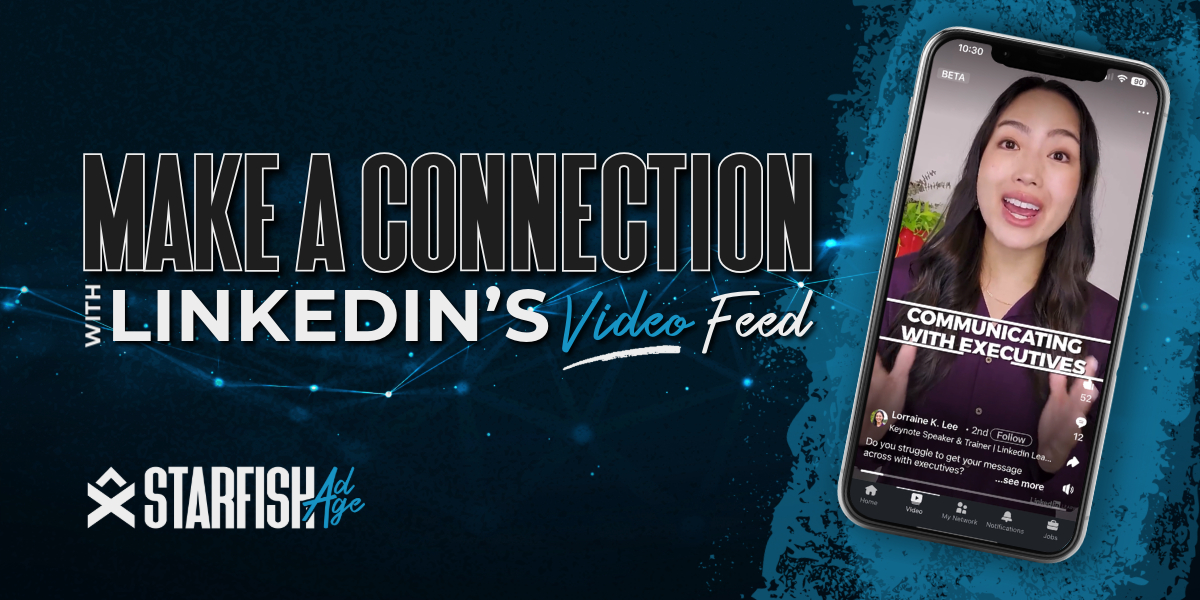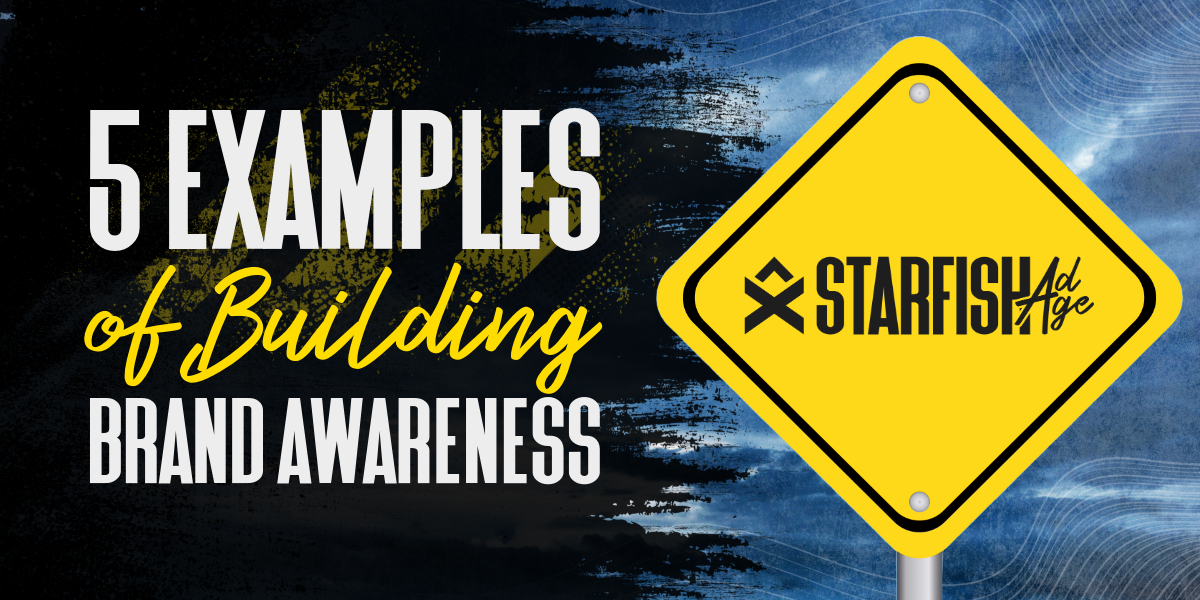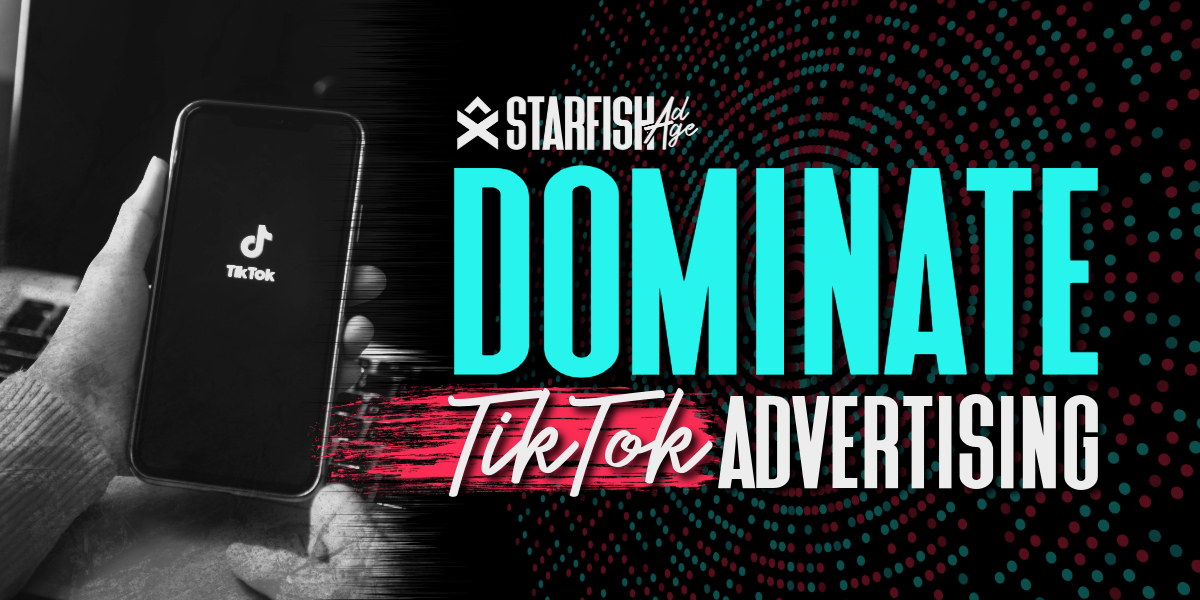
What Is The Future Of Email Marketing
Email marketing has been a powerful tool for businesses for decades. Choosing the right email marketing service can optimize strategies and gauge campaign performance effectively.

2024 has been marked by significant social media legal battles reshaping digital interaction and marketing. For business owners and digital marketers, understanding these legal changes is significant for navigating the shifting regulations, mitigating risks, and refining social media strategies.
The legal environment surrounding social media has never been more complex, with new precedents being set that impact how businesses can operate and connect with audiences online.
These key legal battles set new boundaries for social media platforms’ responsibilities, government bodies, and users. Businesses must adapt their strategies to ensure compliance with these new rules while leveraging opportunities to improve brand visibility and engagement. With changes to First Amendment interpretations, advertising restrictions, and data handling requirements, companies must stay vigilant and proactive in their social media planning.
The major social media legal battles include Moody v. NetChoice, NetChoice v. Paxton, Murthy v. Missouri, Lindke v. Freed, and Garnier v. O’Connor-Ratcliffe. These cases address issues ranging from content moderation and government regulation to users’ First Amendment rights.
The Kids Online Safety Act requires platforms to implement stricter safeguards to protect minors from online harms, such as exploitation and inappropriate content. Businesses must ensure that their social media content targeting minors is suitable, compliant, and includes safeguards for privacy.
Section 230 of the Communications Decency Act protects platforms from user content. Recent legal scrutiny of Section 230 could impact content moderation practices, making it vital for businesses to monitor these developments.
Social media addiction lawsuits claim that algorithms are addictive and harmful to young users’ mental health. These cases may lead to changes in content moderation practices, and businesses must ensure their advertising strategies do not contribute to harmful behaviors.
Businesses should diversify their social media presence to reduce dependence on any single platform. Exploring other video content platforms like Instagram Reels or YouTube Shorts and creating adaptable campaigns can help mitigate disruptions caused by a potential TikTok ban.
Businesses must pay close attention to the ongoing legal battles on social media because they directly impact how companies engage with audiences online and shape their marketing strategies. With changes to regulations such as content moderation policies, user data handling, and advertising requirements, companies must stay informed to avoid legal repercussions and adapt to shifting rules. Ignoring these developments could lead to costly penalties, reduced brand visibility, or loss of consumer trust.
These cases set new precedents for how social media platforms operate and interact with government bodies and users. For instance, rulings that reinforce the platforms’ First Amendment rights to curate content highlight the need for businesses to align their marketing efforts with platform guidelines strategically. This means crafting content that adheres to community standards to avoid being flagged or deprioritized, which can directly impact reach and engagement.
Furthermore, legal battles such as those surrounding Section 230 protections and social media addiction lawsuits emphasize the importance of ethical user engagement. Businesses that rely heavily on social media for marketing must now reconsider their practices to ensure they are not contributing to harmful behaviors or inappropriately targeting vulnerable audiences.
Being proactively compliant with evolving regulations will be important for maintaining a positive brand reputation and effectively reaching target audiences in this increasingly regulated digital space,

The Supreme Court building in November 2020. (Associated Press)
This year, the U.S. Supreme Court reviewed several key cases that addressed the government’s role concerning free speech on social media. These rulings highlight the limitations on how government bodies can interact with and regulate social media content, setting precedents that significantly impact users and social media platforms. These rulings are more than just legal technicalities for businesses—they directly affect how companies engage with their audiences and manage their online presence.
The Supreme Court’s decisions underscore the delicate balance between government oversight and the autonomy of social media platforms. By clarifying the rights and limitations of both parties, these rulings have implications not only for social media companies but also for the businesses that rely on these platforms for marketing and communication. Understanding the nuances of these cases is essential for crafting compliant and effective social media strategies.
The core of these cases revolves around the First Amendment rights of users and social media companies. The key message is that while the government cannot infringe upon users’ free speech rights or interfere directly with content moderation, social media companies are still empowered to make independent decisions about content display and moderation.
This means that platforms like Facebook, YouTube, and others retain significant control over what content is seen by users, which in turn influences the kind of marketing strategies businesses need to adopt.
For marketers, this autonomy means that platforms have the right to curate content according to their policies, which can impact brand visibility. Businesses must navigate these policies carefully to ensure their content is not flagged or deprioritized, and they should be aware of each platform’s unique moderation guidelines. Understanding these nuances can help businesses create content that aligns with platform standards, maximizing reach and engagement.
The key social media legal battles in 2024 include Moody v. NetChoice, NetChoice v. Paxton, Murthy v. Missouri, Lindke v. Freed, and Garnier v. O’Connor-Ratcliffe. These cases addressed different aspects of government interaction with social media, from regulation and user behavior to coercion and moderation. Each case has implications for businesses, particularly regarding compliance, content strategy, and user engagement.
These rulings also highlight the evolving relationship between state and federal regulations and social media platforms. For businesses, this means keeping a close eye on both local and national legal developments to ensure that marketing campaigns are compliant across different jurisdictions. Understanding the specifics of each case can provide insights into how government regulation of social media law may evolve in the coming years and what this means for digital marketing.
The NetChoice cases examined the government’s role as a regulator of social media platforms. The central issue was whether state laws in Texas and Florida that restricted content moderation were constitutional.
While the Supreme Court didn’t make a definitive ruling, it did recognize that platforms like Facebook and YouTube have First Amendment rights to moderate and organize content. This recognition is important for businesses, as it underscores the platforms’ autonomy in curating content and the potential limitations of government intervention.
For businesses, this autonomy means that social media platforms have significant leeway in deciding what content is promoted or restricted. Marketers must strategically align their content with platform guidelines to ensure visibility.
The recognition of platforms’ rights to curate content also suggests that businesses should consider diversifying their marketing efforts across multiple platforms to mitigate risks associated with changes in moderation policies.
The cases of Lindke v. Freed and Garnier v. O’Connor-Ratcliffe focused on government officials acting as social media users. The Supreme Court emphasized that when government officials use social media in an official capacity, their actions—including blocking users or deleting comments—can be subject to First Amendment protections.
For businesses, interactions with government accounts on other social media platforms are subject to stricter scrutiny, which could impact public relations and customer engagement strategies.
This ruling also affects how businesses interact with government entities on social media. Companies should be mindful of how they engage with government officials online, as these interactions may be subject to heightened scrutiny.
Maintaining a professional and transparent approach when dealing with official accounts can help avoid potential conflicts and ensure compliance with legal standards.
In Murthy v. Missouri, the concept of “jawboning” was examined—where the government may exert pressure on platforms to moderate content. The Supreme Court ruled that the platforms’ independent decisions were not unconstitutional without evidence of government coercion. This decision underlines the delicate line between government regulation and free speech. For businesses, it highlights the importance of understanding the nuances of content moderation policies and how government influence can affect platform behavior.
The concept of jawboning is particularly relevant for businesses that may be impacted by government-led campaigns to regulate online content. Understanding how government pressure can influence platform policies helps businesses prepare for potential changes in content moderation practices. Companies should also proactively ensure their content remains compliant, even in a shifting regulatory environment.
These rulings reinforce social media platforms’ autonomy to moderate content as they see fit, free from government interference. To ensure compliance, businesses must remain aware of each platform’s community standards and content policies.
Businesses should also recognize that these rulings may lead to more aggressive content moderation practices by platforms seeking to maintain their independence. This could affect the visibility of promotional content, particularly if it is deemed controversial or non-compliant with community standards. Marketers need to be adaptable and consider alternative strategies for content distribution, such as influencer partnerships or owned media channels.
In addition to these Supreme Court cases, the Kids Online Safety Act has introduced new rules to protect minors from online harm. This act requires platforms to implement stricter safeguards to prevent exploitation, bullying, and inappropriate advertising directed at minors. Platforms must also offer parental controls to help manage a child’s online experience. For businesses, this means targeting younger audiences with greater care and ensuring that all content is suitable and compliant with new regulations.
The Kids Online Safety Act significantly emphasizes transparency and accountability for content that minors may access. For marketers, this means reevaluating campaigns that target younger audiences and ensuring that all content is age-appropriate and non-exploitative. Businesses should also consider working with compliance experts to review their marketing materials and identify areas needing adjustment under the new regulations.
Businesses that use social media for marketing must be aware of these new regulations, particularly if their target audience includes minors. Failure to comply with these requirements can result in significant penalties, impacting brand reputation and financial health. Companies must invest in understanding these new rules and potentially rethinking their marketing strategies to ensure they are compliant and effective in reaching their intended audiences.
To adapt to these changes, businesses may need to develop new content strategies prioritizing educational and supportive messaging for younger audiences. This could involve creating informative content that adds value without aggressively pushing products. Additionally, businesses should stay informed about updates to platform policies and adjust their campaigns accordingly to maintain compliance.
Another significant development this year is the legal scrutiny surrounding Section 230 of the Communications Decency Act. Section 230 has long provided immunity to platforms from content posted by users. Still, this immunity is now being tested in courts across the U.S., with hundreds of social media lawsuits claiming social media platforms contribute to mental health crises among youth. This scrutiny is particularly important for businesses that rely heavily on user-generated content, as changes to Section 230 could affect how such content is moderated and managed.
The potential weakening of Section 230 protections could lead to more stringent content moderation practices by social media platforms, which may affect the visibility of user-generated content. For businesses, this means being cautious about encouraging user interaction that could be seen as harmful or controversial. Marketers should also consider diversifying their content strategies to include more brand-generated content that can be closely monitored and controlled.
Platforms like Facebook, Instagram, TikTok, and YouTube face social media addiction lawsuits claiming that their algorithms are addictive and harmful to young users’ mental health. These cases test whether the platforms’ content recommendation systems can be treated as a product liable for harm, potentially bypassing Section 230 protections. For businesses, this means being cautious about how they engage users, especially younger audiences, and ensuring that marketing practices do not contribute to harmful behaviors.
Businesses should take these social media addiction lawsuits seriously, as they may influence future regulations around algorithm-driven content. Companies need to consider the potential impact of their advertising campaigns on user behavior and mental health, particularly for younger audiences. Crafting messages that promote well-being and responsible usage can help mitigate the risks associated with algorithm-driven engagement strategies.

The ongoing social media adolescent addiction lawsuits and other social media harm lawsuits are drawing attention to the youth mental health crisis exacerbated by platforms that exploit human psychology. Mental health issues, including eating disorders, self-harm, and social comparison, are being linked to the addictive nature of social media use. These legal issues prompt businesses to rethink user engagement strategies, particularly when targeting young and minor users.
Businesses must be mindful of the broader legal implications of their marketing strategies, especially in light of the youth mental health crisis. The growing number of social media lawsuits claim that platforms are failing to protect young users, leading to social media addiction lawsuits and other mental health disorders. To stay compliant, businesses need to ensure that their content is designed to avoid exacerbating mental health issues and should provide appropriate warnings where necessary.
The Communications Industry Association has been actively involved in discussions around social media challenges, the legal implications of social media addiction, and other social media legal issues. As tech companies face mounting pressure to stop addictive feed exploitation and protect young users, businesses that use social media for marketing must adapt their strategies accordingly. This includes understanding the latest guidelines issued by industry bodies and being prepared for potential legal challenges.
Meta Platforms has been at the center of multiple other social media company legal battles in 2024, with lawsuits accusing it of exploiting young users and using copyrighted content for AI training. These legal challenges highlight the growing scrutiny over how social media companies collect and use data for profit. For businesses, this is a reminder of the importance of data ethics and the need to be transparent with users about how their data is being used.
The lawsuit against Meta is also a cautionary tale for other companies relying on user data. Businesses must follow the best data collection and usage practices, including obtaining user consent. Ethical data handling is a legal requirement and critical to maintaining consumer trust in a highly competitive market.

© Anthony Quintano (CC BY 2.0)
For businesses, Meta’s legal troubles are a cautionary tale. It’s vital to ensure transparency in data collection and usage and to be mindful of the ethical implications of using user data. Users’ trust is paramount, and businesses prioritizing privacy and user welfare will be better positioned for long-term success. Companies should consider conducting audits of their data practices and ensuring compliance with all relevant regulations to avoid similar legal challenges.
Businesses should also consider investing in user education initiatives that inform audiences about how their data is used and the measures taken to protect their privacy. This can enhance brand loyalty and differentiate companies from competitors who may not be as transparent. Building a culture of trust and responsibility around data usage will be increasingly important as consumers become more aware of their digital rights.
The Supreme Court’s rulings have clarified that content moderation is a protected form of speech. For marketers, this means that platforms will continue to exercise discretion in what content gets amplified or restricted.
Businesses must stay updated with each platform’s evolving policies to ensure their content aligns with its guidelines. Understanding these policies will help businesses create content more likely to be promoted by the platform, leading to better engagement and reach.
Content moderation policies are not static; platforms may change their guidelines based on new legal requirements or public pressure. Businesses must be flexible in adapting their content strategies to align with these changes.
This may involve regular training for marketing teams to keep them informed about the latest platform policies and how to create compliant content that still drives engagement.
TikTok has also been in the spotlight due to ongoing legal battles concerning its Chinese ownership and data privacy concerns with other social media companies. The potential ban on TikTok could have significant repercussions for businesses that rely on it for marketing, especially those targeting younger audiences. The debate around TikTok raises important questions about data security and the implications of using foreign-owned platforms for business marketing.
The uncertainty surrounding TikTok means that contingency planning is essential for businesses. Companies should consider alternative platforms and evaluate the potential impact of a TikTok ban on their overall marketing strategy.
This might include shifting resources to other video content platforms or exploring new formats, such as live streaming or interactive content, to maintain audience engagement.
Businesses should diversify their social media strategy to prepare for the possibility of a TikTok ban. Relying too heavily on one platform poses a significant risk, and exploring other video content platforms or boosting their presence on Instagram Reels or YouTube Shorts could mitigate potential disruptions. Diversification not only reduces risk but also opens up new opportunities to reach different segments of the audience.
In addition to diversifying platforms, businesses should also focus on creating adaptable content across different social media channels. This means developing versatile campaigns that can be easily modified to fit the unique features of various platforms. By doing so, businesses can ensure that their messaging remains consistent and effective, regardless of where it is published.
Meta has also been called to the stage in lawsuits involving OpenAI from authors accusing the company of using copyrighted works to train its AI models without permission. This case sheds light on the broader issue of intellectual property rights in the digital age. Businesses utilizing AI need to be particularly careful about the sources of their training data and ensure that they have the proper permissions in place.
The issue of intellectual property in AI is complex and evolving, and businesses must be proactive in understanding their responsibilities. This may involve working with legal experts to ensure that all AI training data is sourced ethically and that proper licenses are obtained. Respecting intellectual property rights avoids legal trouble and maintains a positive brand image in a market that increasingly values ethical practices.
Businesses utilizing AI or creating content should be mindful of intellectual property rights. Using copyrighted content without proper permissions could lead to significant legal repercussions, and it’s important to adopt ethical practices when leveraging third-party content. Respecting intellectual property is not only a legal requirement but also a critical aspect of maintaining a positive brand image and building customer trust.
In addition to respecting intellectual property rights, businesses should consider the reputational impact of any legal disputes. Being known as a company that values creators and respects their work can be a powerful differentiator in a crowded marketplace. By proactively addressing intellectual property issues to resolve disputes, businesses can foster goodwill and establish themselves as responsible industry leaders.
The legal landscape for social media in 2024 is complex and evolving. Here are the key takeaways for businesses:
Stay Updated on Platform Policies: Social media platforms are empowered to moderate content as they see fit. Businesses must understand and comply with each platform’s guidelines to avoid penalties and ensure their content reaches the intended audience.
Protect Minors in Marketing Campaigns: New regulations like the Kids Online Safety Act require businesses to be more mindful of how they engage with minors. This means implementing stricter safeguards and ensuring that all content is age-appropriate.
Diversify Social Media Presence: The potential TikTok ban reminds us of the risks of relying too heavily on one platform. Diversify to reduce vulnerability and ensure that changes in platform availability do not disrupt marketing efforts.
Focus on Ethical Practices: Adopting ethical practices, whether when using data or creating content, is important for building trust and avoiding legal trouble. Transparency and respect for user privacy are essential to a successful digital marketing strategy.
Prepare for Section 230 Protections: The challenges to Section 230 may lead to changes in how platforms handle user-generated content. Businesses should monitor these developments closely, as they could impact how businesses market to younger audiences.

Email marketing has been a powerful tool for businesses for decades. Choosing the right email marketing service can optimize strategies and gauge campaign performance effectively.

Discover successful email marketing strategies to boost engagement, drive conversions, and grow your business with impactful campaigns.

Discover the basics of marketing automation and how it helps businesses save time, streamline campaigns, and boost results.

Discover the importance of lead generation for boosting business growth, building connections, and driving long-term success.

Explore the differences between traditional and digital advertising. Learn which strategy is best for your business, from broad reach to targeted campaigns.

Use LinkedIn’s new video feed to grow your audience. Learn specs, best practices, and tips for creating engaging posts to boost your visibility on LinkedIn.

Discover 10 iconic brands like Blockbuster, Kodak, and Toys “R” Us that went extinct because they failed to innovate.

Gen Z Marketing That’s Breaking The Internet: Discover how Gen Z marketers use bold, unpredictable strategies to capture attention.

Learn how AI tools improve customer experience, streamline operations, optimize marketing, and reduce operational costs.

Discover how AI transforms digital marketing through automation, personalized strategies, and data-driven insights.

Discover five powerful strategies for building brand awareness, from partnerships and influencer marketing to social media and SEO.

Get the latest insights on Google’s ad tech monopoly trial and how it could reshape digital advertising, competition, and your ad strategies moving forward.

Follow TikTok’s legal battle against the ban and learn how it could affect creators. Get the facts and understand the potential future of the platform.

A few of the most significant marketing mistakes we’ve seen in 2024 so far, why they happen, and simple ways to avoid them to keep your campaigns on track.

Explore key strategies in our 2024 Digital Marketing Guide. Learn to understand your audience, build an online presence, and optimize for business growth.

Discover 25 essential digital marketing tips for small businesses. Boost your online presence, attract customers, and drive sales with proven strategies.

14 Essential Digital Marketing Solutions to Boost Your Business Growth

Learn about SEO, PPC, social media marketing, content marketing, and more to drive traffic and conversions. Read now!

Learn how to select the best digital marketing agency for your small business, the benefits of hiring an agency, and tips for maximizing your online presence.

Learn how to leverage TikTok advertising, ad formats, targeting options, and best practices to increase brand awareness, and drive sales.

Learn about Connected TV (CTV) ads, their benefits, and how they work. Understand programmatic CTV advertising for effective digital marketing campaigns.

Discover the benefits of programmatic advertising, an automated method of buying digital ad space that enhances targeting, efficiency, and campaign performance.

Discover what SEO in digital marketing is and why it matters. Learn how search engine optimization can increase your business’s success.

Learn how to advertise on Google effectively. The basics of Google Ads, from setting up your account to targeting your audience and driving qualified traffic.
All Rights Reserved | Starfish Ad Age LLC | 2023 | Privacy Policy